How to Hold Golf Club
by Bill Winters
Holding a golf club may seem to be the most basic component of the game, but it is not. Many professionals and coaches will tell you that if your grip is bad, your posture and swing will suffer as well. Learn how to grip a golf club, as well as step-by-step guidance and troubleshooting advice, to lay the groundwork for a great golf swing.
Contents
Because your golf grasp is the only link you have with the club, it is crucial. Here, we'll show you how to grip a golf club and respond to questions you may have as you acquire this crucial skill.

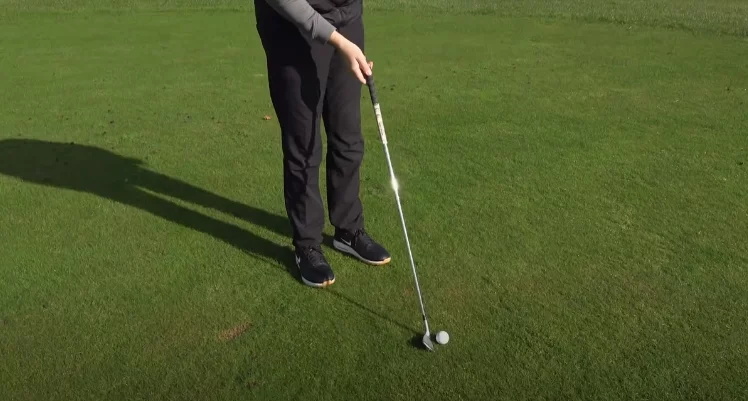
There are various ways to handle a golf club, but still, the style you pick should feel natural to you. Any of these technically sound grips can help you strike the ball straighter and optimize your distance, or improve your short game accuracy. Amongst the most critical parts of achieving a better game is having a good grip. Determine the grip that truly works for you and start practicing.
A Correct Golf Grip Is Required To Swing a Golf Club Efficiently
This is a basic reality that cannot be avoided. A steady golf grip can enhance your ball striking, make you more stable, and offer you a better overall golf game. Whether you're preparing to hit a 300-yard approach shot or a two-foot putt, you have to know how to hold your club properly.
It may seem unusual to place so much attention on your golf grip; I often used to believe the same way until I heard the best ball striker's credit constant grip as the number one strategy to enhance your ball striking. Bad habits may develop early in a golfer's career and typically do not disappear.
Consider how many moments you'll hold a club throughout your life. Thousands upon thousands perhaps even more. You'll need the right golf grip if you would like to deliver the clubface straight onto the ball every time.

That's why some of the best golf teachers begin with grip and golf posture and don't go on until their pupil thoroughly understands and learns how to handle their putter, drivers, and irons. The same motive we won't let you depart without fully comprehending the situation.
Golf Grip Varieties
Golf grips are classified into three types: 10-finger grips, overlapping, and interlocking. Of course, there is no one-size-fits-all gripping when learning how to grasp a golf club, but understanding the variations is beneficial.
1. Grip with 10 Fingers
The "ten-finger grip" is so named as every one of your fingers is on the club. This grip is not used by many experts, yet it is pleasant for certain newbies to the game.
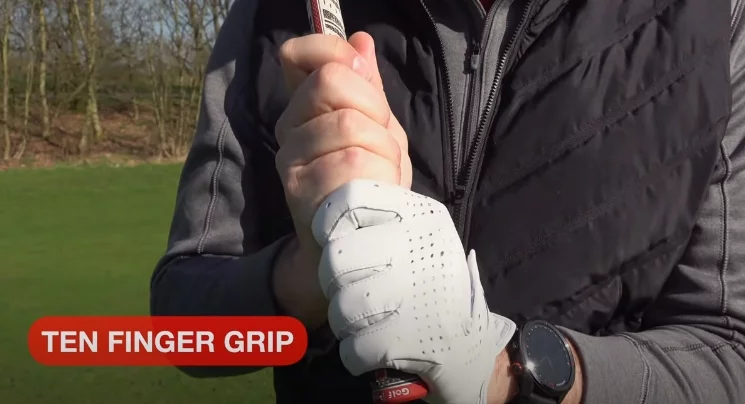
Since each of your fingers is contacting the surface of the grip, it may be a forceful grip, and it is a good grip for a golfer with tiny hands.
2. Grip Overlapping
Among the most frequent grips in golf is the intermingling or "Vardon" grip. This is when you place the pinkie finger with one hand in the ridge in between index and middle fingers of the other hand.
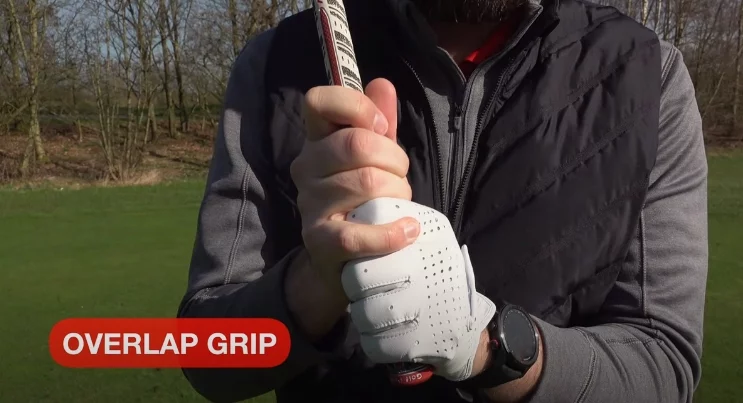
The main benefit of this grip is that it is useful for anybody who has exceptionally large hands.
3. Grip Interlocking
The interlocking grip begins with the 10-finger grip; merely connect one hand's pinkie finger with the index finger of the other hand to bring your hands closer together.
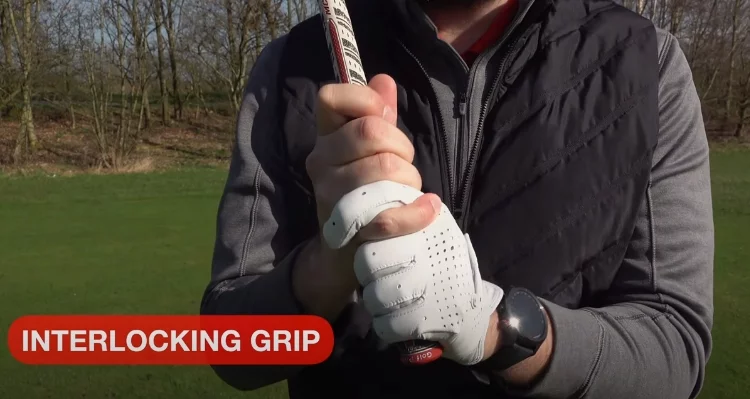
The main benefit is that it 'locks' your fingers together so both of your hands operate together which could also give your golf swing more power.
Here are some tips on how to hold golf club.
Assess Your Current Grip
Before we get too technical and show you the finest way to hold your club on the course, you'll need to do a little something for us. It's a short step, but it's an essential one...
If you're a beginner or an expert with years of experience, your game is likely to need assistance. That is why you have come. That's why we're here as well. The first step is to consider your own grasp and admit that this might not be ideal.
How do you get your club? How are you holding it? What is the location of your fingers? What is the level of comfort? How certain are you that you'll strike a wonderful golf shot?
Is there space for growth? Is there one? Great! You're ready to start learning.
Grip Dimensions
Your golf clubs feature rubberized grips. They'll be uniform in size. However, this does not always imply that they are the best ones for you. There are many grip sizes available, and they are there for a purpose. It's possible that you'll need to replace them.
For the time being, stay with the ones you have. If you find yourself continuously pulling or slashing despite adjusting your grip, you may need to investigate new grips. A good size might be recommended by your golf club store. It will mostly be determined by the size and shape of your hands. Smaller grips are necessary if you have tiny hands and short fingers. You'll need something a bit bigger if your hands are like shovels.
Hand Placement
It's time to take up your club and work on your grip.
Pick it up with your weaker hand firstly. Turn your left hand over and you can see two knuckles, and then point the 'V' shape formed by your index finger and thumb towards your right shoulder.
Allow approximately a half-inch of the club to protrude from the top of your grasp.
The tip of your left thumb must be pointing down the right side of the shaft. Now, using your right hand, grasp the club with your right thumb on top of your left thumb. Keep in mind your right thumb is pointing down on the left side of the club.
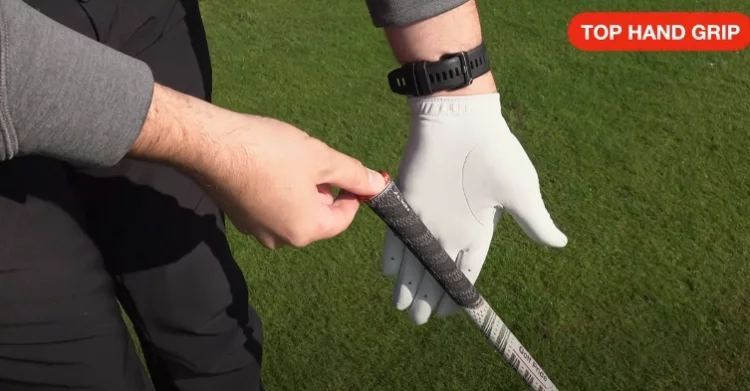
Don't be alarmed if this all seems a bit scary to you and you're not secure in your hand posture. There are molded grip trainers that may help. They are shaped to teach on how to arrange your hands, fingers, and thumbs.
Some people, like this one, unite a grip trainer and a tempo trainer. It's ideal for keeping in the workplace or anyplace else you'd want to get some additional practice swings in.
Take out a Sharpie
Keep a marking pen, such as a Sharpie, in your golf bag. If you're not sure how your club sits in your left hand, you may aid yourself by drawing two lines on your glove at the appropriate angles. It'll inform you where the club should be in your grasp and give you that extra confidence boost that you're not making a mistake.
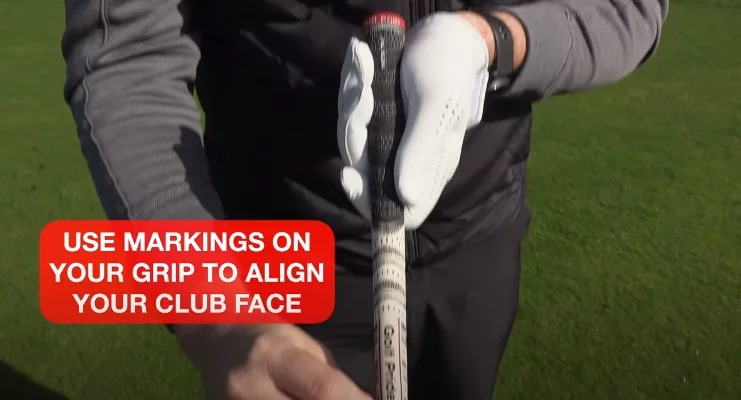
Don't be concerned; you're not violating any clubhouse or practice guidelines. It is entirely acceptable to brand your golf glove in this manner to aid your grip. Likewise to how labeling your golf ball will help you begin your putts, marking your glove can let you ensure that you're gripping the club accurately every time you swing it.
Overlapping vs. Interlocking Golf Grip
The last element of the jigsaw, in terms of posture, is whether or not to connect your hands with your fingers. Some players do, while others do not.
Tension
Compromise is the key to how hard you grip your golf club, as it is with other things in life.
You must not hold it so tightly that your knuckles become white. You're not on a roller coaster, but you also don't want your grasp to be so light that you lose control of your golf club.
When you play a shot, if you hold your club too firmly, you may find yourself striking the ball with the heel of the club rather of the face. Every club in your bag is causing uneven strikes and a lack of control. If you're hanging on too firmly, you'll see your forearms stiffen up as you address the ball. Play the shot like that, and there's almost no chance you'll get it right.
Maintain a delicate yet tight grasp with your hands. Arms should be relaxed. If you want, wiggle the club a bit. That might sometimes assist to relieve stress in the wrists and arms.
Initially, Keep Things Neutral
The grip and approach we've discussed here is known as the "neutral" grip. It's the most natural and frequent technique to handle a golf club. It makes sense to learn this approach first and then, if you're more confident and adept, study the other two ways. Then you're adjusting and refining your game.
After you've mastered the fundamentals, you may experiment with the impacts of grip "strength." But for the time being maintain a beautiful, neutral tone.
Alternative Handgrips
We've taught you how to grasp your club in the most popular and 'authorized' method. But, as with other things, there is no one-size-fits-all solution. Everyone is different, and some golfers find it difficult to adjust to the standard grip. Finally, do whatever seems natural and pleasant to you.
Not everyone understands how we've stated it. Some of the world's finest experts, in fact, have alternate holdings. Take, for instance, Jordan Spieth.
Speith's hold is unmistakable. But it's clearly high quality. He doesn't overlap or interconnect his fingers in any manner that any other player would notice. And his grasp is somewhat shaky. He rests his left pinkie finger gently on top of his right palm, barely minimally connecting it to his right pinkie.
FAQs
Is the grip same for both left and right-handed people?
As previously stated, the directions for proper golf grip differ for left and right-handers. Fortunately, all of the top golf grip tips are just as important for lefties as they are for righties. They simply need to be tweaked.
What Is the Best Grip Pressure for a Golf Club?
Pressure will fluctuate depending on the kind of club. To get the most distance out of your ball, you'll need to put more pressure on it. A putter, on the other hand, is softer and the ball goes a lesser distance.
Conclusion on Golf Club Holding Guide
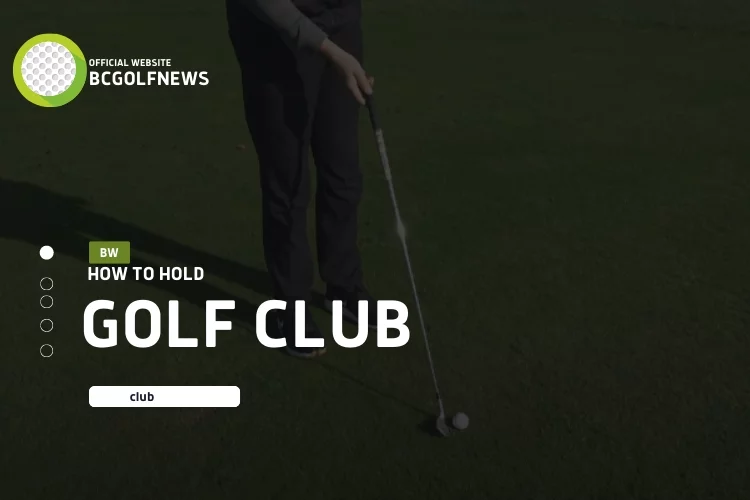
Now that you know how to hold a golf club, it's time to put what you learned into practice. Go out and hit the driving range, or even better, find a course and start playing! Remember to keep your eyes on the ball until after it has been struck and enjoy the game. Golf can be frustrating when you're first starting out, but with practice you'll get better and better. Soon enough, you'll be sinking long putts like a pro.
 |
 |
 |
 |

About Bill Winters
Those who have not yet tried the sport just can’t imagine what is driving these golfers to brave the sun’s heat and go around a course bigger than several football fields combined. It seems like an awful lot of work considering that the ball is quite small that is must be hard to hit, the ground of the course is not flat and, most annoying of all, there are sand traps lying around seemingly bent on preventing a player from finishing the course.
Thoughts on "How to Hold Golf Club"
 |
 |
 |
 |
About the Author

The game of golf may seem like an awful lot to take on when one considers that the ball is quite small, must be hard to hit and carry through windy conditions with little chance for error. The ground course has hillsides which make it challenging enough without adding sand traps who seem bent on preventing players from completing their round!
Get the FREE Gifts now. Or receive the latest golf eBooks for free from our bestselling.
Disable Ad Block to reveal all the secrets. Once done, hit a below button:
 |
 |
 |
 |


